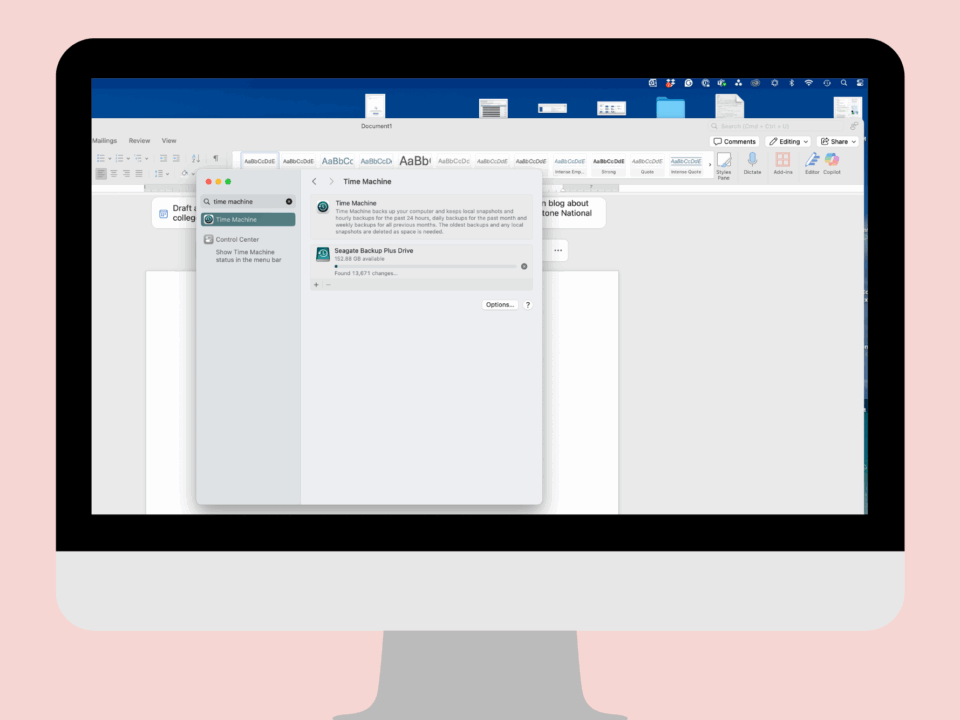
Embracing Technology as a Second-Act Entrepreneur
March 2, 2018
Choosing the Right Cloud Storage Service
May 1, 2018Are you still reading actual paper books and newspapers? While some people steadfastly refuse to transition to electronic media, there are a lot of advantages to the digital formats of books, magazines, and newspapers. Digital material travels with you, on your phone or tablet – in the car, at the beach, waiting in the doctor’s office. Not only can you borrow from the library, or purchase and download within seconds, but you can also have multiple works available without adding extra weight to your device of choice.
If you are thinking about trying it out, here are the basics to help you get started.
e-Reader Options
To read electronic books or eBooks, you need an e-reader device or an app that is an e-reader. You can use standalone e-Readers such as the Amazon Kindle Paperwhite, or you can use e-reader apps on your phone and iPad to download and read books, magazines, and newspapers. iBooks and Kindle are two of the more well-known and favorite reading apps for books.
iBooks is the pre-loaded app that comes with your iPhone and iPad. It is the only e-reader app with a fully integrated digital store to purchase books. You can search the Apple iBooks Store, browse by author, title or see what’s hot all within the app. All purchases are immediately added to in your library under the menu option “My Books,” which makes using iBooks seamless.
Another popular e-Reader is the Kindle app, which is linked to your Amazon account. (Same user account name and password.) To purchase books to read with the Kindle app, open the browser (Safari, Chrome, etc.) Upon purchase you choose where the book is downloaded–i.e., your iPad, iPhone or Kindle. (You can read the same books on all of your devices, but you have to download it for each manually.)
“Checking Out” eBooks from the Library
Another great option for reading digital books that many people aren’t aware of is borrowing from your local library. Most public libraries will allow you to use your library card for use with digital content, or you can get an e-library card for electronic material.
You can choose the main public library in your area, as opposed to the small local branch that might not have as big of a selection of material. Libraries maintain a digital catalog which is excellent for borrowing audiobooks and movies, documentaries, etc.
Access to audiobooks through the library is a real game-changer, as they are expensive to purchase. For that ability alone, I highly recommend using the library unless you like to keep copies of all your reading material.
Borrowing electronically works the same as it does in the brick and mortar library. Usually, you have the option of checking material out for 7, 14, or 21 days. After the specific time, the content will automatically be removed or inaccessible in your app; you don’t have to do anything or worry about late fees.
Overdrive and Libby are the most frequently used apps for discovering and borrowing content from most libraries.
To get started download the Libby or Overdrive app, search for your library, and enter your library card number. If you have multiple library cards for various libraries, you can add more than one. Browse the library you want to borrow from, check it out. Once checked out, Overdrive will tell you how to read the material. It will either be the Kindle app or will be an e-pub format which is viewable directly in Overdrive.
Libby is an app from Overdrive and is a more modern interface. Overdrive can be confusing. I would suggest starting with Libby. If your library doesn’t use the app, or your device doesn’t support it, then try Overdrive.
Many folks insist they will never give up the feel of a real book. However, there is something to be said for ease of access and weightless reading. At the least, it’s worth a shot to try using a combination of reading platforms.






